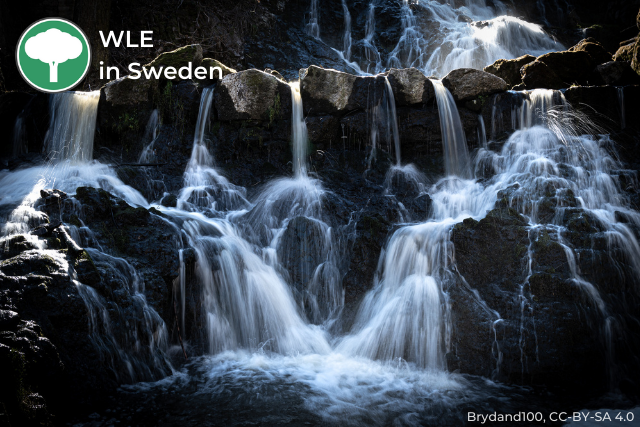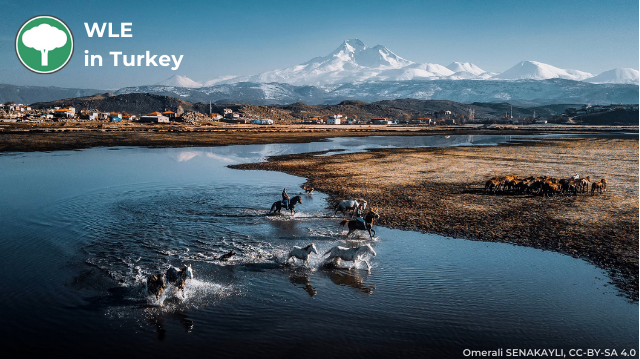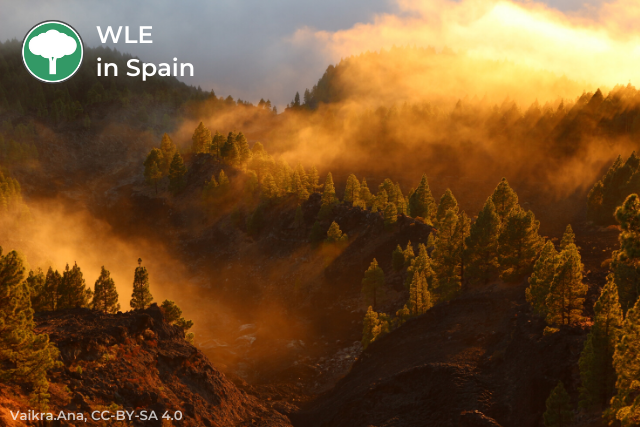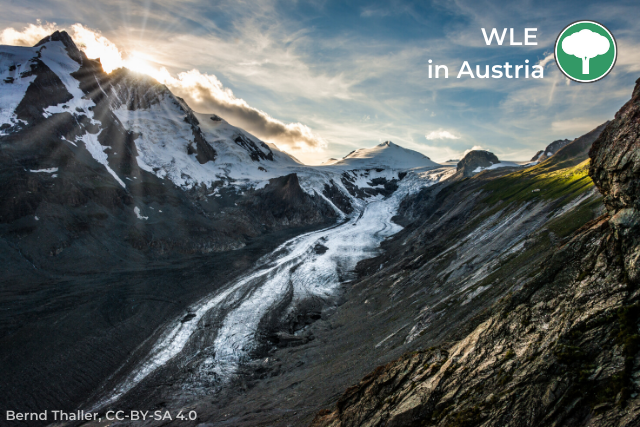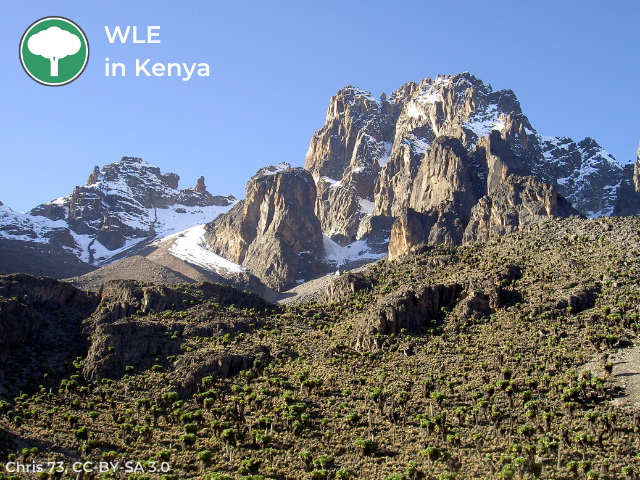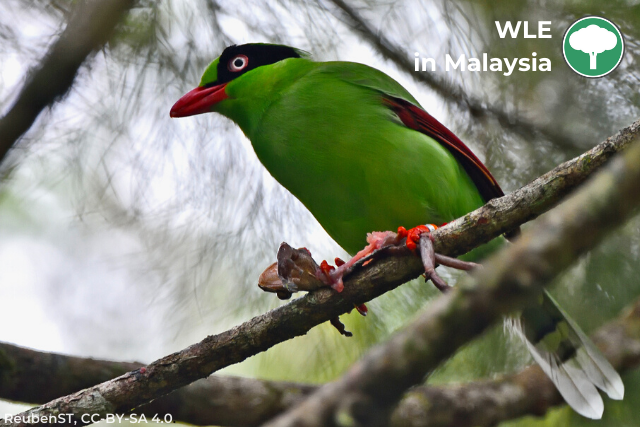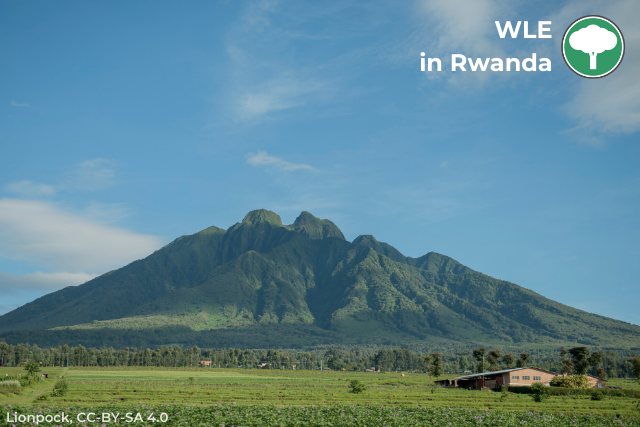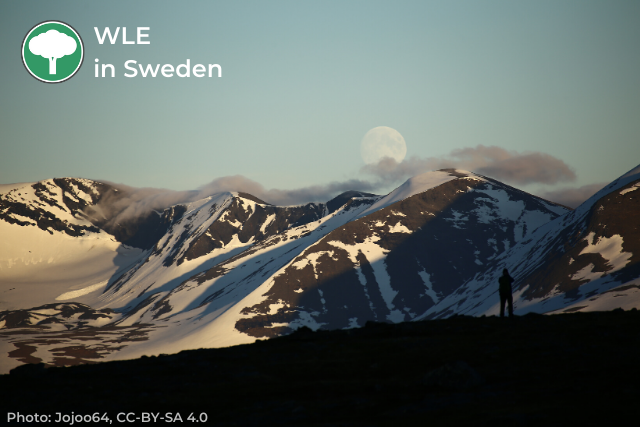Wiki Loves Earth, the largest international photo contest devoted to nature heritage, is ready to reveal its winners — meet 15 best photos of protected sites and their representatives!
Since 2014, dozens of countries around the world have organized annual photo contests devoted to their natural heritage within the international Wiki Loves Earth contest. In 2021, we held the contest for the 8th year in a row. It lasted between May 1 — August 31, with different countries having different submission windows.
This contest edition united 34 countries and territories. Among those, United Arab Emirates and Wales joined the competition for the first time; many countries that started WLE last year continued organizing the contest in 2021.
As a result, Wikimedia Commons received over 64,000 freely licensed photos of natural monuments from over 4300 people. Local organizing teams ran evaluation of photos from their countries and eventually submitted up to 15 local winners from each country. The international jury team had a challenging task — to select up to 20 international winners out of 390 winning photos on the local level.
This year, the international winners represent two categories — landscapes (including individual trees if it’s a nature monument) and macro/close-up (animals, plants, fungi). Now, let’s meet top photos by category!
Landscapes:

The first place of the landscape category gives us a glimpse into the amazing Atlantic oceanside in the Sintra-Cascais Natural Park, Portugal. It’s one of 13 natural parks in Portugal and covers a big area of approximately 145 km2. The park includes the Serra de Sintra Mountain Range but extends all the way to the coast and Cabo da Roca, continental Europe’s westernmost point.
“The landscape and the trees of the southern agricultural park, still shrouded in the morning mist shortly after sunrise, seem to almost emerge from the waters”, — says the author. The second place features a landscape in the Parco Agricolo Sud Milano near Rosate, Italy.
Just look at this fascinating view on the lake Stymphalia in Greece. The author took it during a morning ride with an authentic boat from the old times. Lake Stymphalia is an important habitat for a significant number of species of concern, including eagles and other raptors, egrets, herons, bitterns, ibises, partridges and terns, as well as a stopping point for migratory birds.
The author caught a mysterious view on Zilkale, which is a medieval castle located in the Fırtına Valley “Storm Valley”) within the Pontic Mountains, and is one of the most important historical structures in the Çamlıhemşin district of Rize Province, Turkey. It is also located in the protected area Kaçkar Dağları Millî Parkı.
Mount Merapi is located on the border of Central Java and the Special Region of Yogyakarta, Indonesia. It has an altitude of 2,930 meters above sea level; Mount Merapi has been erupting for over a year now. Incandescent lava discharge can be as frequent as dozens of times a day! The farthest sliding distance of incandescent lava reaches 2,200 meters.
Within Wiki Loves Earth, we also highlight representatives of protected sites, their flora and fauna. Meet the winners of the second category — macro/close-up photography!
The first place features Arianta arbustorum on the Taraxacum flower: macro shot taken in the Ropsha Forest, Leningrad Oblast, Russia. Anja Strelec, one of the international jury members, mentioned that it’s “one of the favourite photos, so clear colors and the motif, and the details”.
This colorful picture gives us amazing details of the Brown-throated sunbird in Mapawa Nature Park in the Philippines. The author says: “Brown-throated sunbirds are commonly seen upland feeding with nectar. Males have these wonderful colors which really catch your eye, especially in its colorful habitat surrounded by flowers”.
This Dipsas albifrons representative was caught in Serra do Mar State Park, Brazil. Dipsas species are slender, small to medium-sized snakes, often no longer than 60 cm. They are found from southern Mexico through Central America and South America.
This photo is a wonderful representation of Carrhotus xanthogramma species. It was taken in the Acquerino Cantagallo Natural Reserve in the province of Prato, Italy. These thermophilic spiders prefer sunny, warm environments and can mainly be encountered on bushes, on tree trunks and shrubbery.
A Leaf beetle (Aulacophora indica) peeking from the leaf hole of Alnus nepalensis tree was found in Chitwan National Park, Nepal. The author explains that adult leaf beetles make holes on host plant leaves while feeding. They camouflage themselves with their feeding holes.
The next winning photo depicts three female deer (Cervus nippon) in the Kremenets Mountains National Nature Park, Western Ukraine. The sika deer, also known as the spotted deer or the Japanese deer, is a species of deer native to much of East Asia and introduced to other parts of the world.
One more photo in our top from Chitwan National Park, Nepal: its representatives Baya Weavers (Ploceus philippinus) are best known for their elaborately woven nests. These pendulous nests are retort shaped, with a central nesting chamber and a long vertical tube that leads to a side entrance to the chamber. The nests are woven with long strips of paddy leaves, rough grasses and long strips torn from palm fronds.
The author is beating records by having three photos in our top of macro/close-up photography! A Feral Pigeon in flight during a rainy day was caught in Chitwan National Park, Nepal, which is a UNESCO World Heritage site. At the foot of the Himalayas, Chitwan is one of the few remaining undisturbed vestiges of the ‘Terai’ region, which formerly extended over the foothills of India and Nepal. It has a particularly rich flora and fauna.
We can see amazing colors and details in this photo of a frog Rana temporaria in nature park Pfälzerwald (Palatinate Forest Nature Park), Germany. It lies in the south of Rhineland-Palatinate in Germany and borders on France. The nature park covers an area of 177,100 hectares and includes the former landscape conservation area of the German Wine Route, which runs from the eastern edge of the nature park to the Rhine plain.
The United Arab Emirates took part in WLE for the first time, and its photo got to the winners list, great result! Flamingo Phoenicopterus roseus was caught in flight in Ras Al Kohr wildlife sanctuary, attracting migratory birds in large numbers. Located in Dubai, it is among the few urban protected areas of the world.
We congratulate all the winners for their great work and contribution to highlighting nature heritage and illustrating Wikipedia, as well as local teams for their hard work to make this contest happen. Stay tuned for more in 2022!
Note: in addition, WLE 2021 had a special nomination “Human rights and environment”, results of which will be announced separately. A more detailed jury report on the international winners will be published in early 2022 (UPD: the report is added in comments to this blog post).
Do you have any questions about Wiki Loves Earth? Maybe you want to organize WLE in your country next year?
Contact us at wle-team@wikimedia.org.ua and we will tell you everything you want to know!
Follow us on social media:



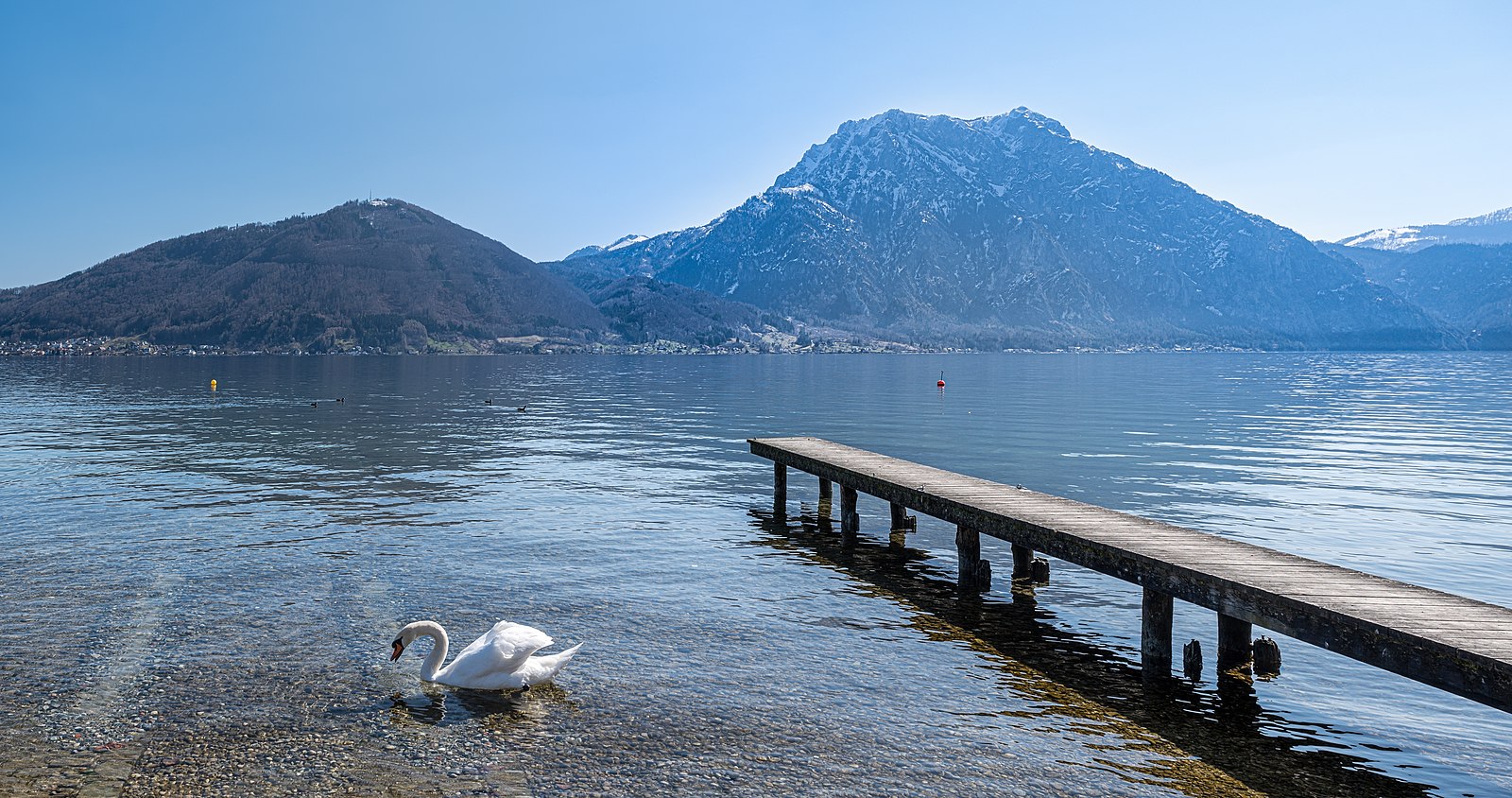
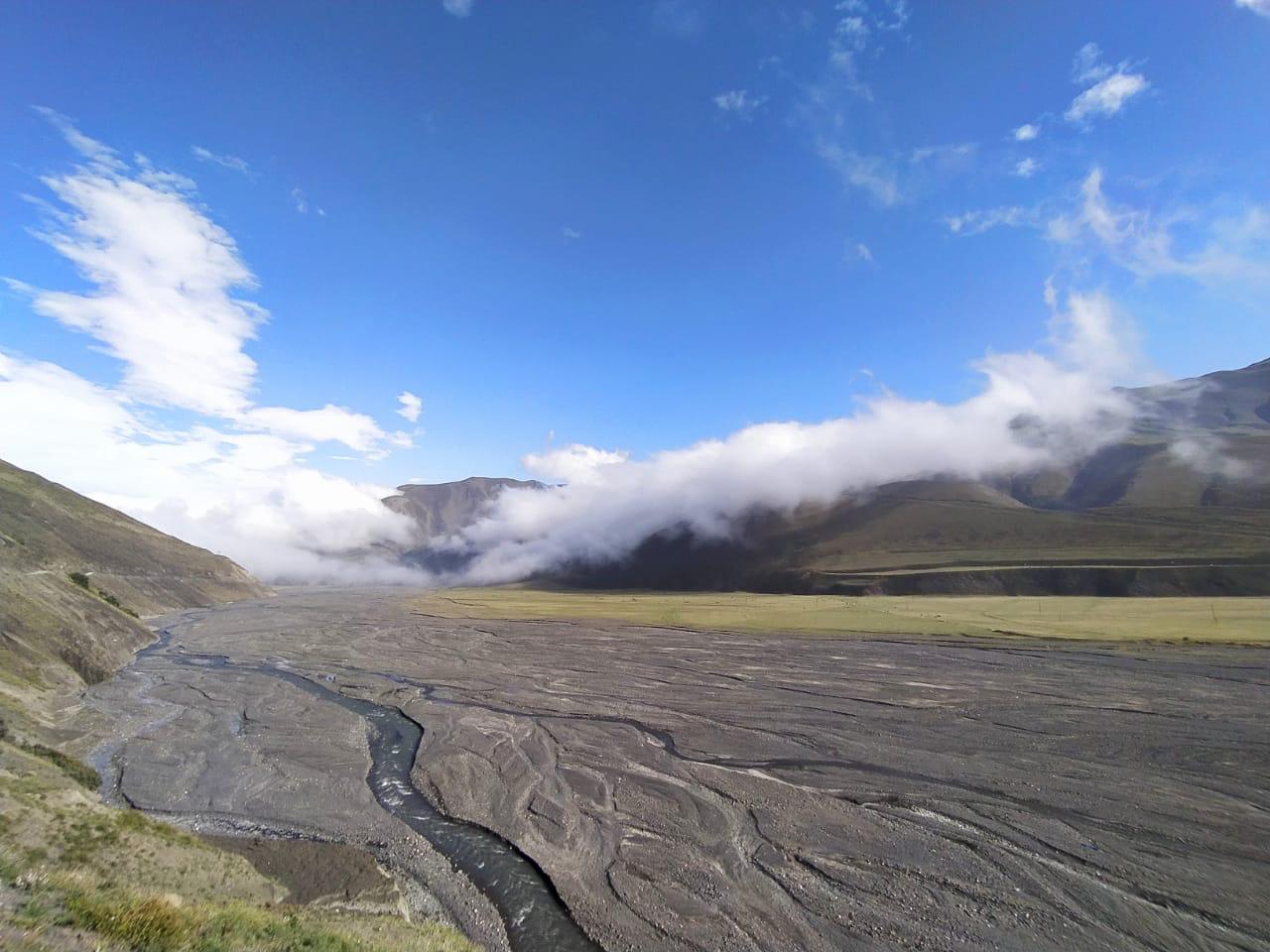














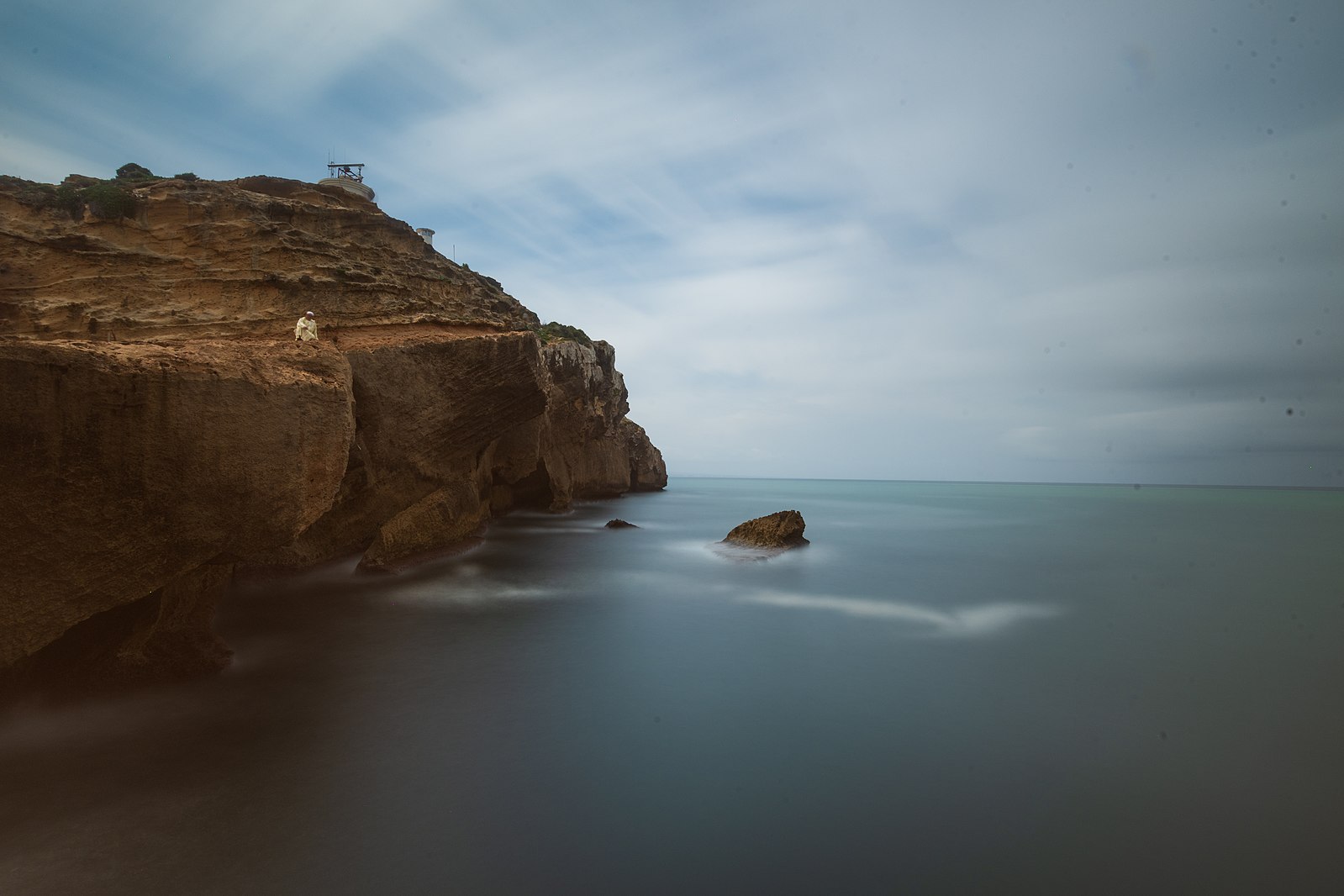
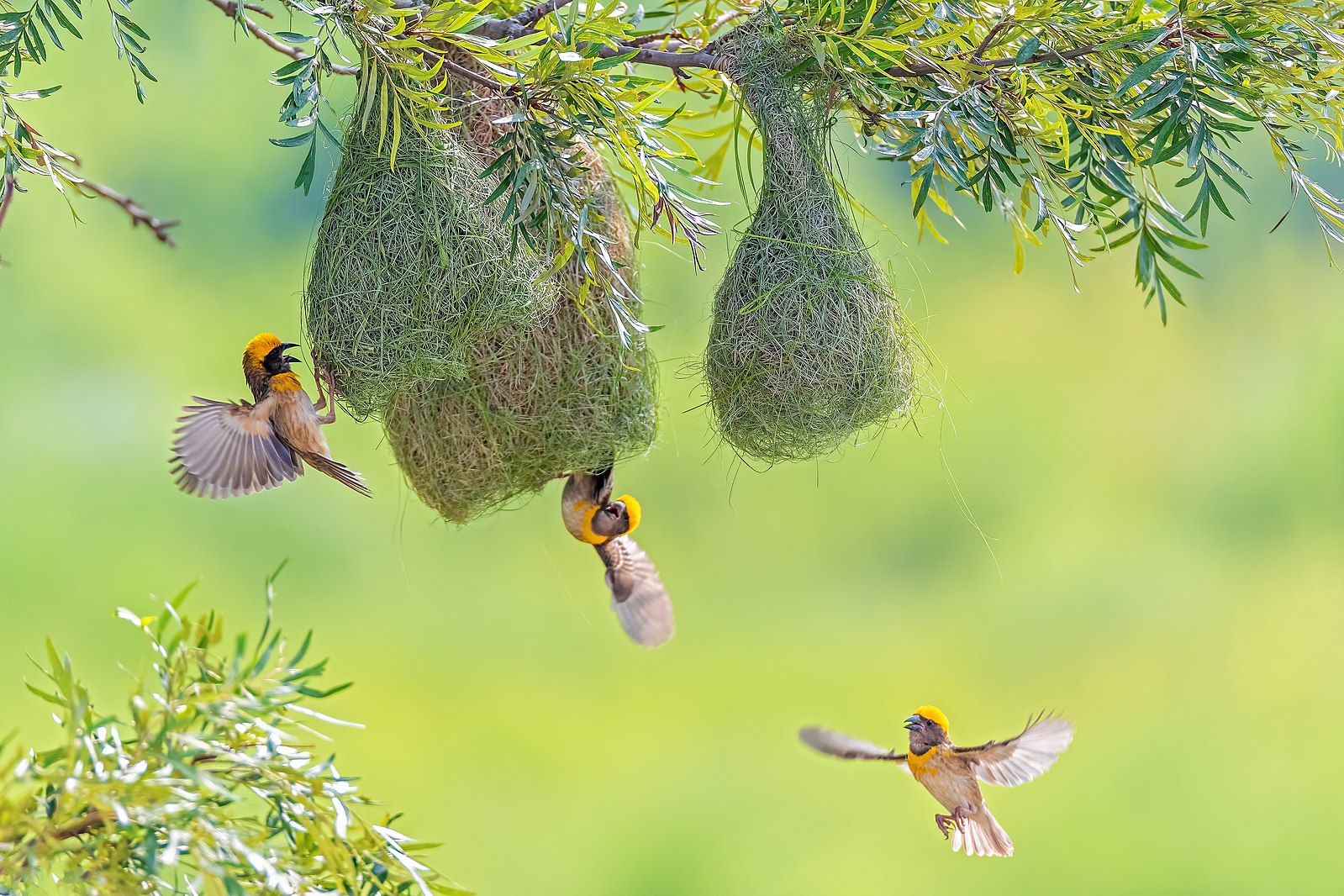
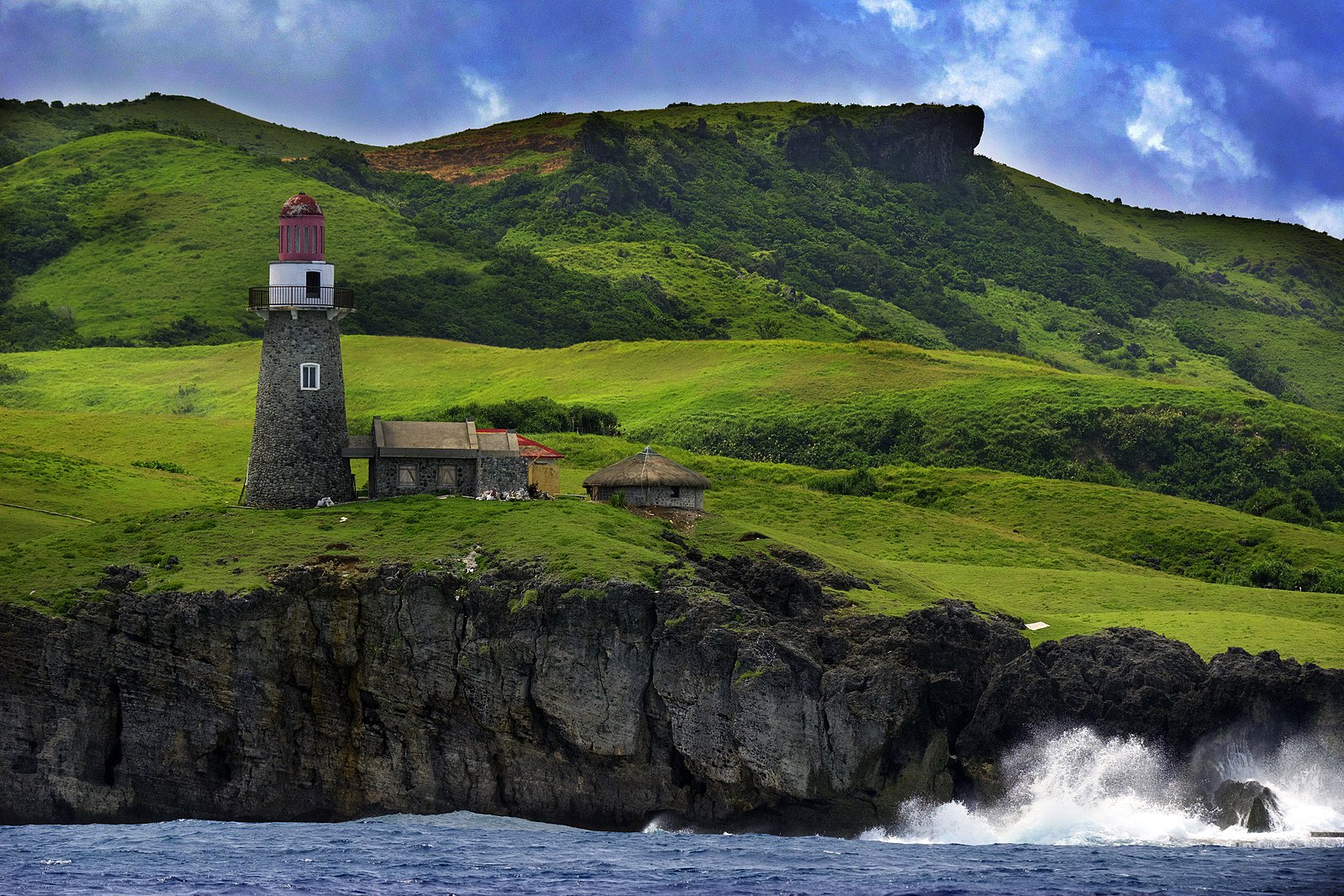


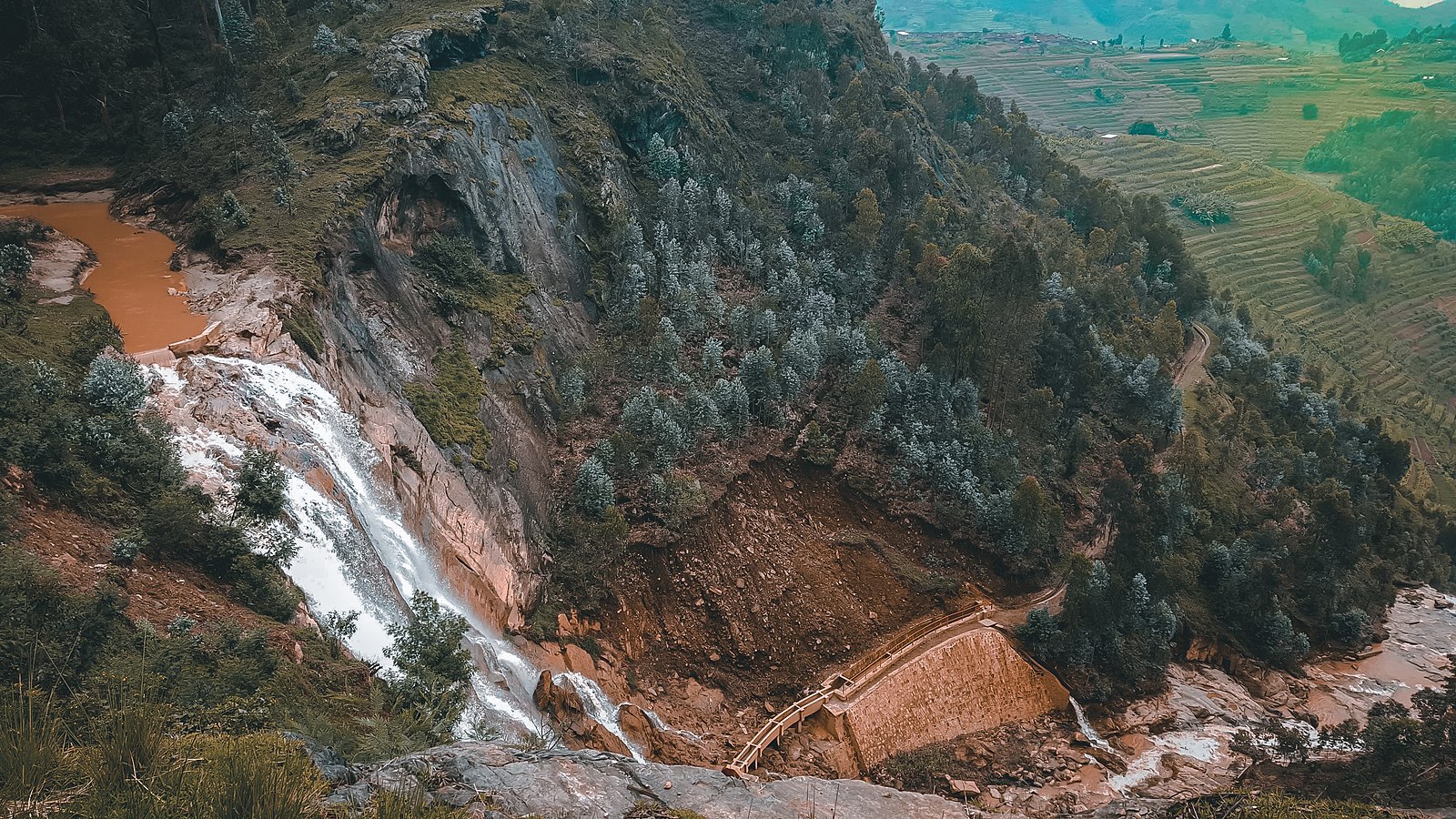

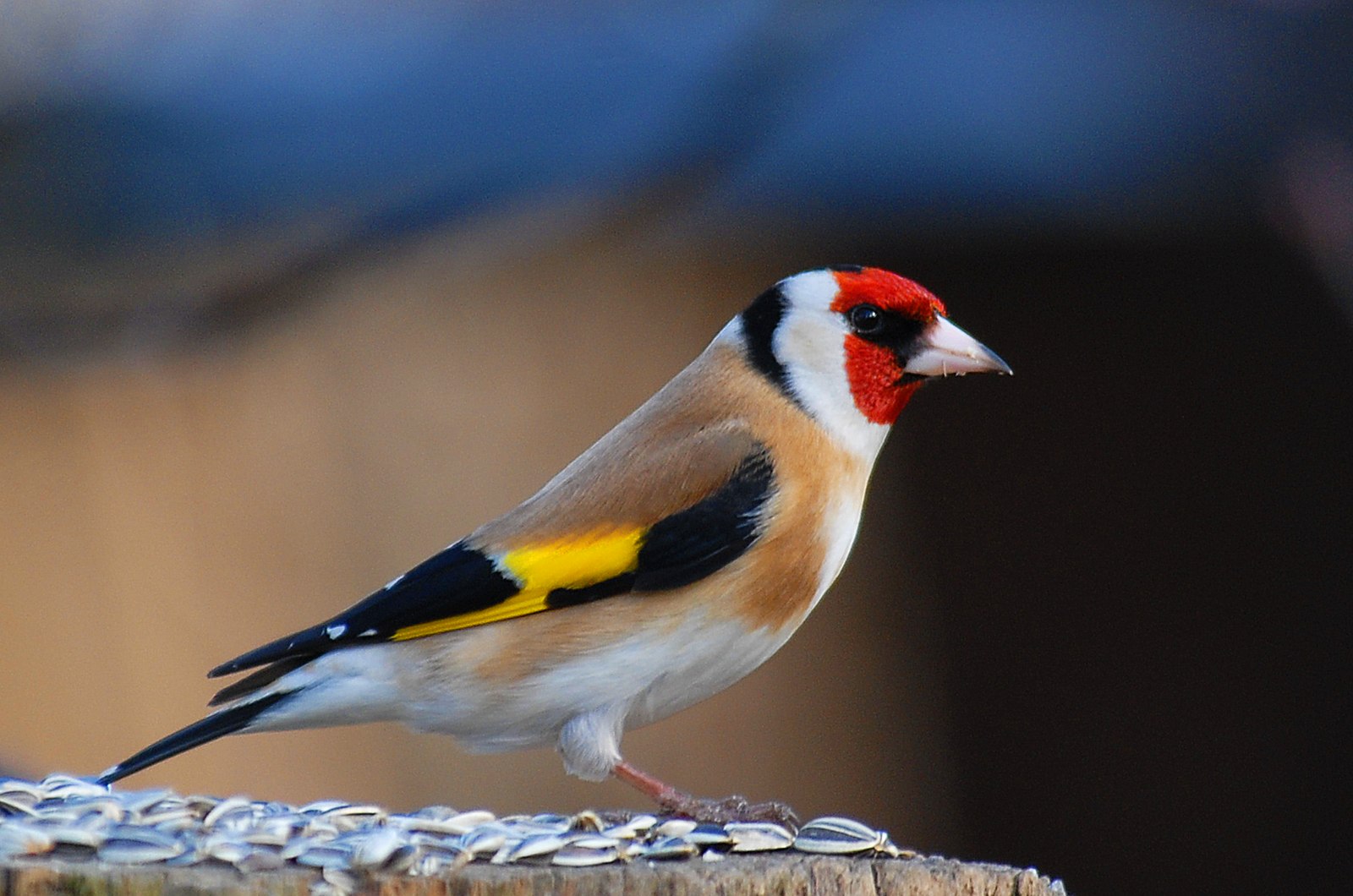

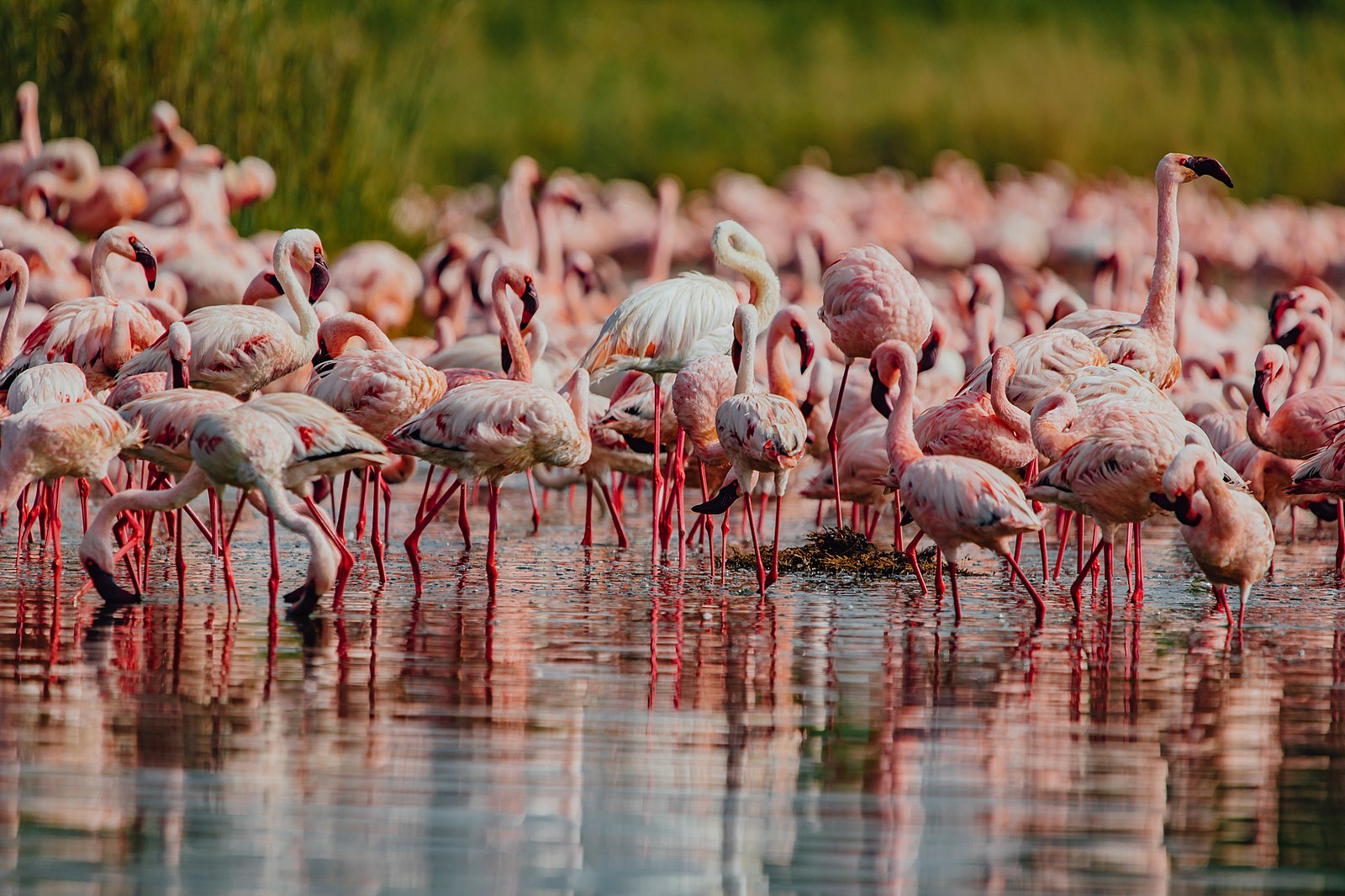








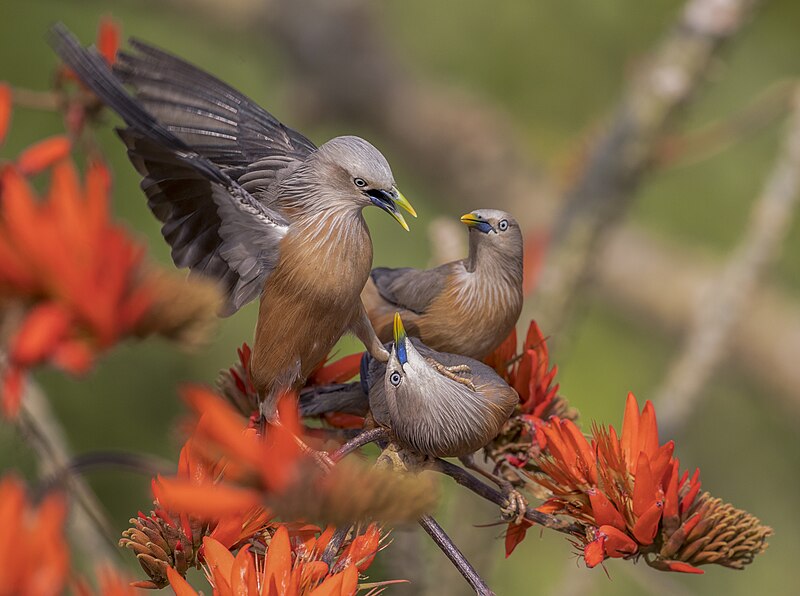 1st place:
1st place:  2nd place:
2nd place: 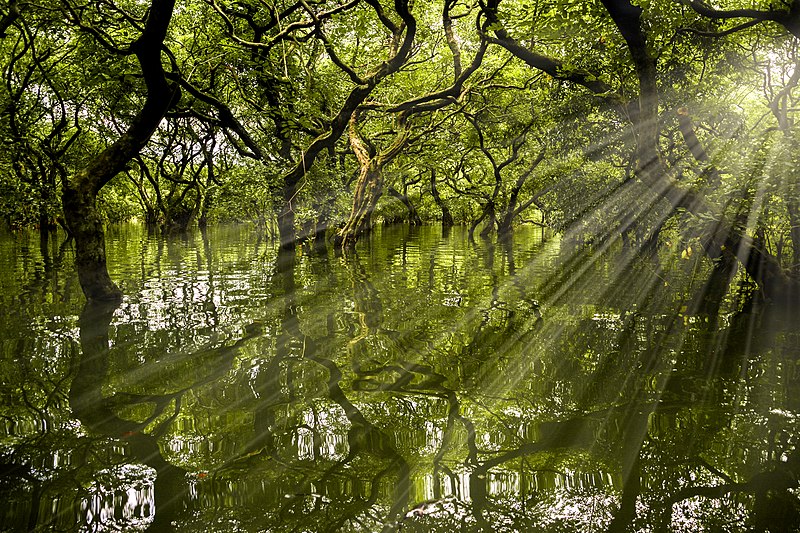 3rd place:
3rd place:  4th place:
4th place:  5th place:
5th place:  6th place:
6th place:  7th place:
7th place:  8th place:
8th place: 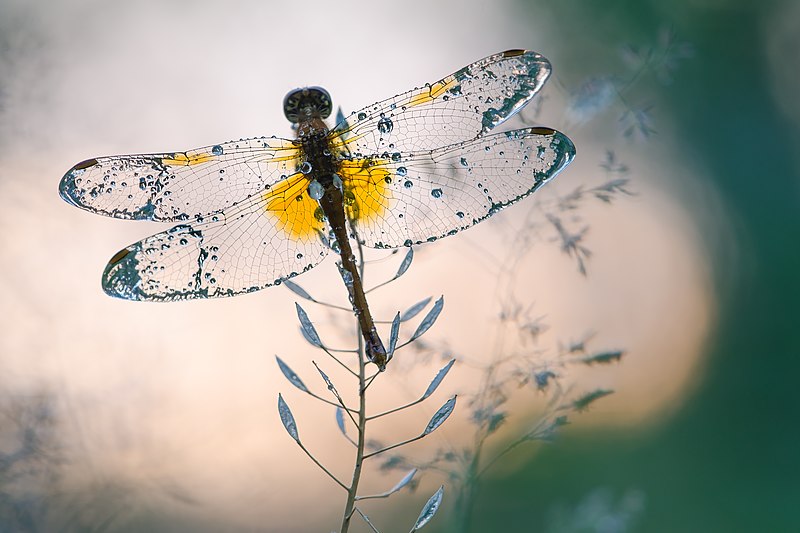 9th place:
9th place:  10th place:
10th place:  11th place:
11th place:  12th place:
12th place:  13th place:
13th place: 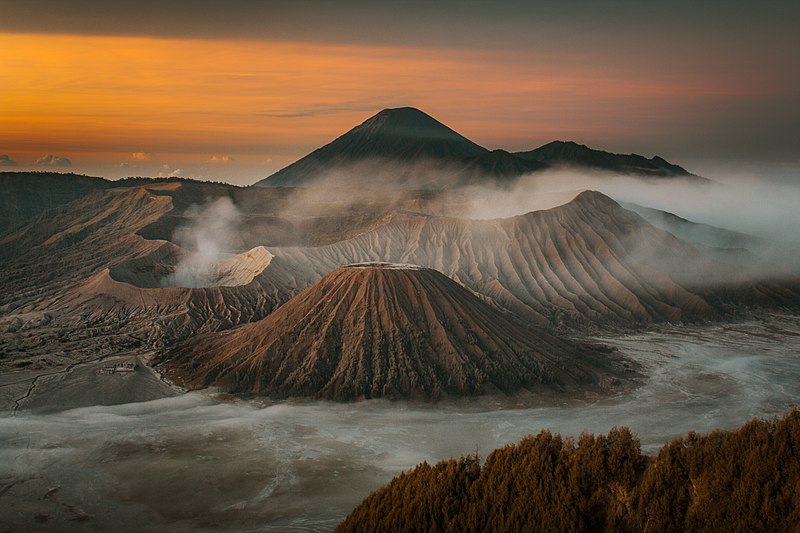 14th place:
14th place:  15th place:
15th place: 